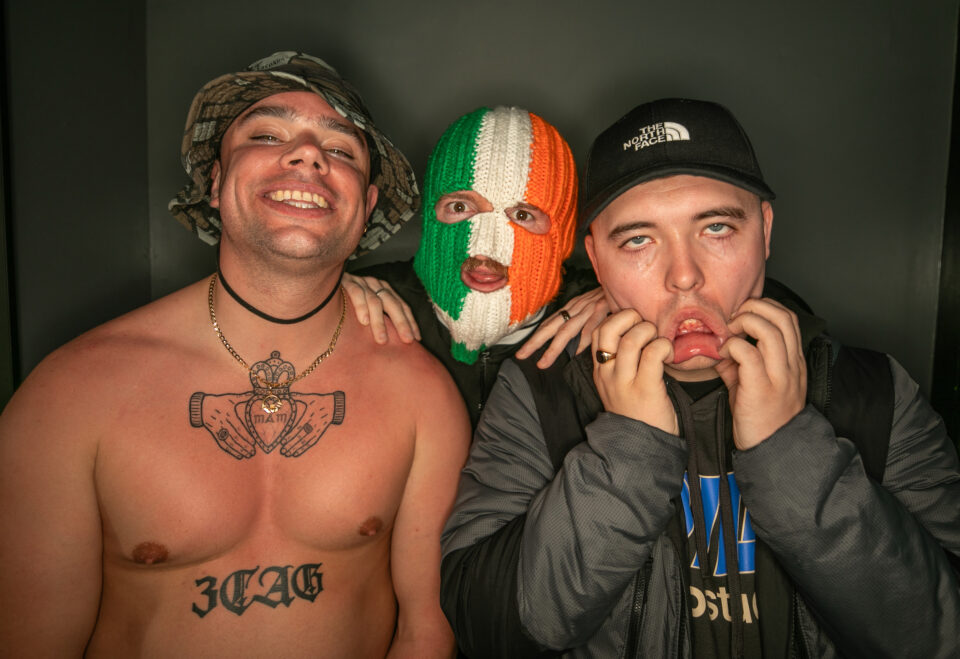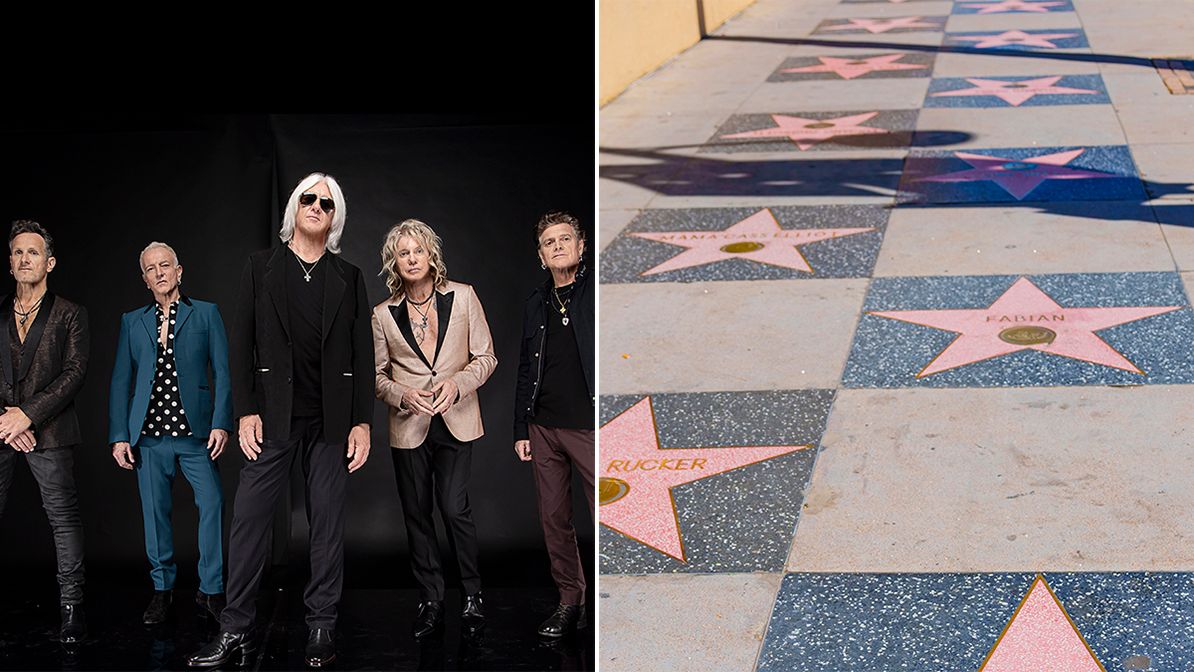Kneecap's Billboard Blitz: Rebellion or PR Ploy?
Explore the provocative billboard campaign by Irish hip-hop group Kneecap as they blur lines between protest and promotion amidst cultural challenges.

In the concrete sprawl of London, where history and modernity clash in a chorus of change, Irish hip-hop group Kneecap is pushing boundaries with their provocative new billboard campaign. The slogan "More Blacks, More Dogs, More Irish, Mo Chara" splashes across the cityscape, a calculated move to spark conversation and controversy.

While the trio speaks to roots of rebellion, invoking historic discrimination with a cheeky revival of the phrase "No Blacks, No Irish, No Dogs," it’s hard not to wonder if they are chasing notoriety more than meaningful dialogue. The timing of their "witch hunt" court appearance is impeccable, almost like a PR stunt that coincidentally marries protest with promotion.
Kneecap has certainly never shied away from the incendiary. Their lyrics, raw and confrontational, aim at systemic injustices, echoing the voices of past revolutionaries. Yet, beneath the bravado, some critics might argue that the message is overshadowed by the spectacle itself, a distraction wrapped in rebellion’s garb.

For the band, this court appearance appears to be painted as a fight for artistic freedom. But the lines blur when activism blends so seamlessly with brand image, raising the question of sincerity. Are they agents of transformation, or are they merely amplifying their brand under the guise of resistance?
Questions of Art and Strategy
There's no doubt that Kneecap brings an energetic pulse to the discussion of power and identity, but it begs the question: is their method a reflection of genuine artistry or strategic sensationalism? The spectacle of it all is as captivating as it is chaotic.

The call to "fight" and "win" feels powerful in its delivery, but one wonders if the battle is more with cultural relevance than oppression. In a world where attention can eclipse intention, Kneecap’s art walks a tightrope between impactful protest and strategic self-promotion, leaving audiences to sift through the noise for authenticity.
As they prepare to stand trial, the message is clear, yet a shadow lingers: behind the billboards and the bravado, is there a higher purpose, or just a louder voice in an echo chamber of modern dissent?



